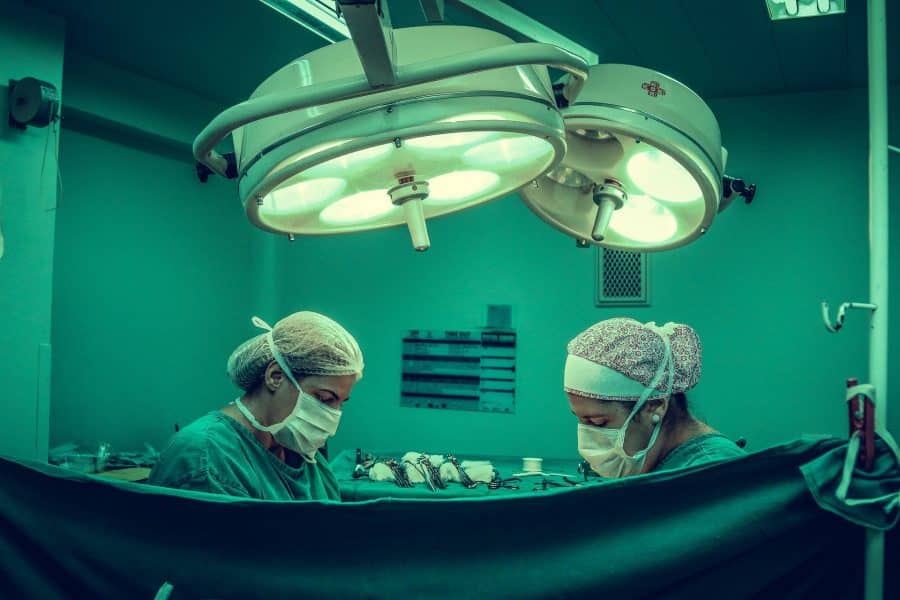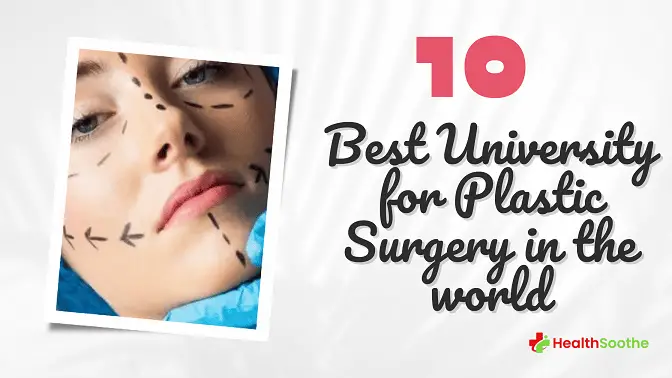Getting any form of plastic surgery means putting a whole lot of faith in your surgeon and their medical equipment. However, if you elect to have one of the less conventional procedures, the amount of faith you have to muster can grow exponentially.
What follows are five of the strangest procedures invented to address “problems” manufactured by a blend of advertising and pop culture. When a buck can be made by inventing an issue for people to feel insecure about, you can guarantee there’ll be a race to manufacture it.
1. The dreaded “bread back”
This term refers to the rolls a woman can get on her back, particularly in areas where a bra digs into the skin a little. Many women feel self-conscious about the way these rolls look when wearing tight-fitting clothes or sleeveless tops and dresses. So, a procedure has been invented to address it. The bra-line back lift removes these rolls and neatly hides the scars under the bra line.
2. Jawline augmentation
Modern beauty standards seem to dictate that a tapered jaw is more “feminine.” So, many women subject themselves to jawline shaving – a dangerous procedure that can leave you with nerve damage. Indeed, one wrong move and the surgeon can sever a nerve and leave your face partially paralyzed. There are no guarantees as to whether you’ll ever get movement or feeling back.
Botox is another option for reducing the size of the masseter muscle. However, there is some evidence that this may result in bone density loss in the jaw bone. All in all, the risks are high with jawline augmentation, and some people find that it throws off the balance of the rest of their features. This generally leads to a desire for more procedures on other facial features, or in many cases, jaw implants to return to something approximating their original look.
3. Pubic hair eyelash transplants
Vajazzling is so early 2000s. The latest trend in pubic hair is to have a surgeon transplant it into your lash line to give you fuller, curlier lashes. This is not a joke. Pubic hair eyelash transplants were launched in LA because of course they were. As gross and weird as it may sound, patients seem to be seeing good results.
The length, thickness, and curliness of pubic hair make it better suited for eyelash transplants than the hairs on other parts of the body. However, with cosmetic tattooing and lash lifts so readily available, this kind of surgery seems unnecessarily extreme.
4. Dimpleplasty
As the name suggests, dimpleplasty is a procedure in which a plastic surgeon creates artificial dimples for you. This is done by puncturing the cheek and then running a suture through to draw the skin into a dimple.
5. There’s a cure for resting b*tch face
Also known as “cold fish face” and many other delightful terms, RBF became an internet phenomenon in 2013 thanks to a viral video and a round-up of popular new words in The New York Times. Though the concept is relatable for many and was intended to be funny, as it spread, it created yet another trigger for self-consciousness.
Many turned to the grin lift – a procedure that picks up the corners of your mouth, giving you a slight resting smile. This surgery also addresses “marionette lines” – another natural feature of aging that the beauty industry is determined to pathologize.
There are countless ways to tweak your appearance, but the safest, cheapest, and most satisfying solution is to make peace with your beautifully unique imperfections.
Additional reading:
- Essential Things to Know About a Plastic Surgeon Before Choosing One
- Is Plastic Surgery Right for me
- Tips to Find the Best Plastic Surgeon
- Reasons Why Facelifts are Growing More Popular with Younger People in New Orleans
- Santa Monica plastic surgery can help you with plastic medical procedure



